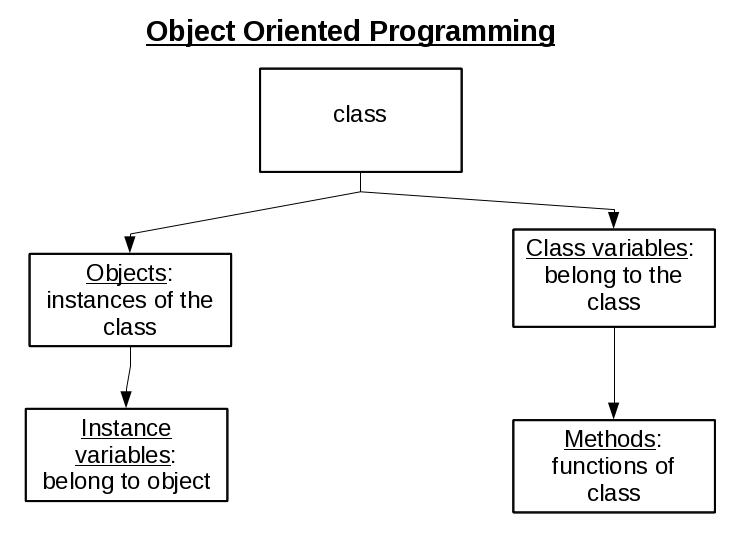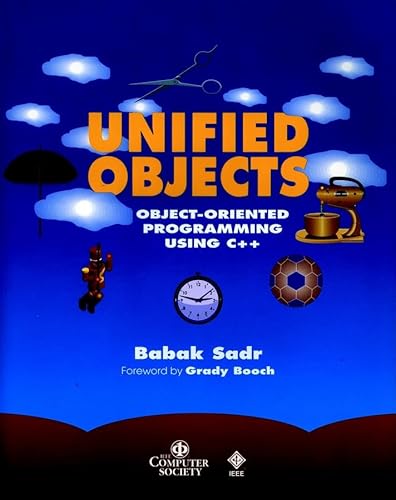
- #SIMPLE OBJECT ORIENTED LABEL EXPERT ADVISOR SOFTWARE#
- #SIMPLE OBJECT ORIENTED LABEL EXPERT ADVISOR FREE#
The Working Group does not plan to make formal responses to comments. Comments received on the WCAG 2.1 Recommendation cannot result in changes to this version of the guidelines, but may be addressed in errata or future versions of WCAG. If filing issues in GitHub is not feasible, send email to ( comment archive).

#SIMPLE OBJECT ORIENTED LABEL EXPERT ADVISOR FREE#
It is free to create a GitHub account to file issues.

The Working Group requests that public comments be filed as new issues, one issue per discrete comment. To comment, file an issue in the W3C WCAG GitHub repository. The Working Group will continue to track these specifications. This enhances the functionality and interoperability of the Web.īy publishing this Recommendation, W3C expects the functionality specified in this Recommendation will not be affected by changes to CSS Values and Units Module Level 3 or by Pointer Events Level 2. W3C's role in making the Recommendation is to draw attention to the specification and to promote its widespread deployment. It is a stable document and may be used as reference material or cited from another document.
#SIMPLE OBJECT ORIENTED LABEL EXPERT ADVISOR SOFTWARE#
This document has been reviewed by W3C Members, by software developers, and by other W3C groups and interested parties, and is endorsed by the Director as a W3C Recommendation. This is a Recommendation of WCAG 2.1 by the Accessibility Guidelines Working Group. A list of current W3C publications and the latest revision of this technical report can be found in the W3C technical reports index at. Other documents may supersede this document. This section describes the status of this document at the time of its publication.

The W3C also encourages use of the most current version of WCAG when developing or updating Web accessibility policies. While WCAG 2.0 remains a W3C Recommendation, the W3C advises the use of WCAG 2.1 to maximize future applicability of accessibility efforts. The publication of WCAG 2.1 does not deprecate or supersede WCAG 2.0. The WG intends that for policies requiring conformance to WCAG 2.0, WCAG 2.1 can provide an alternate means of conformance. Content that conforms to WCAG 2.1 also conforms to WCAG 2.0. WCAG 2.1 extends Web Content Accessibility Guidelines 2.0, which was published as a W3C Recommendation December 2008. See Web Content Accessibility Guidelines (WCAG) Overview for an introduction and links to WCAG technical and educational material. Guidance about satisfying the success criteria in specific technologies, as well as general information about interpreting the success criteria, is provided in separate documents. WCAG 2.1 success criteria are written as testable statements that are not technology-specific. Following these guidelines will also often make Web content more usable to users in general. These guidelines address accessibility of web content on desktops, laptops, tablets, and mobile devices. Following these guidelines will make content more accessible to a wider range of people with disabilities, including accommodations for blindness and low vision, deafness and hearing loss, limited movement, speech disabilities, photosensitivity, and combinations of these, and some accommodation for learning disabilities and cognitive limitations but will not address every user need for people with these disabilities.

Web Content Accessibility Guidelines (WCAG) 2.1 covers a wide range of recommendations for making Web content more accessible. This document is also available in non-normative formats, available from Alternate Versions of Web Content Accessibility Guidelines 2.1. Please check the errata for any errors or issues Web Content Accessibility Guidelines (WCAG) 2.1 W3C Recommendation 05 June 2018 This version: Latest published version: Latest editor's draft: Implementation report: Previous version: Previous Recommendation: Editors: Andrew Kirkpatrick (Adobe) Joshue O Connor (Invited Expert, InterAccess) Alastair Campbell (Nomensa) Michael Cooper ( W3C) WCAG 2.0 Editors (until December 2008): Ben Caldwell (Trace R&D Center, University of Wisconsin-Madison) Loretta Guarino Reid (Google, Inc.) Gregg Vanderheiden (Trace R&D Center, University of Wisconsin-Madison) Wendy Chisholm ( W3C) John Slatin (Accessibility Institute, University of Texas at Austin) Jason White (University of Melbourne)


 0 kommentar(er)
0 kommentar(er)
